  |
  |


Norman O. Fulton and T. Blackwood Murray founded The Albion Motor Car Company, in Glasgow, in 1899.
In 1902, Albion built it's first commercial vehicle. This simple vehicle was a half-ton van. A development of this was the A3, a 3/4 ton van.
More models followed, ranging in payload weights up to 2 tons.
Albion continued to build lightweight vehicles, but they built their first 3-4 ton payload commercial, the A10, in 1910.
Having been accepted by the government, some 6000 such examples were built for war service during World War I. This was to become Albions most famous truck, and continued in production until 1926.
1913 saw the arrival of the first Albion charabanc.
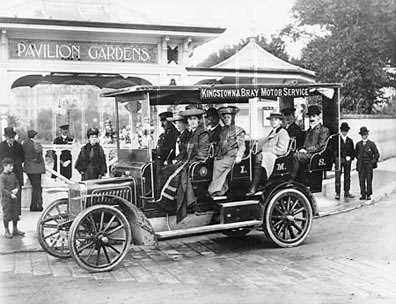
1913 Albion Charabanc.
A new 1 1/2 tonner was announced in 1923, and this model also saw success as a 20-seat passenger carrying vehicle. A further development of this model, with low-loading chassis and room for 30 seats, the Model 26, was later to be named 'Viking'. A Model 26 took just over 24 hours to complete a non-stop run from Glasgow to London and back in 1925.
The 'Viking Six' was the first Albion to be given a proper name, when launched in 1926. This was a 6-cylinder, passenger model.
The Model 35 saw production in 1927. This example was a forward control, 4 ton commercial vehicle. Most day-to-day checks were made inside the cab, which could be easily unbolted and removed for more intensive work.
Further developments of the Albion range for 1927 included direct shaft drive to the rear axle. Previously the drive had been by chain, and although the chains were easy to adjust and replace, their exposed location also meant that they were prone to road grit and dirt ingress.
From 1928, the Albion 'rising sun' logo, was fitted to radiator tops, and in 1930, the company became Albion Motors Limited.
New models announced in 1931 included the 4 cylinder 'Valiant' and the six pot 'Valkyrie' (both 32-seaters), and the 20 seat 'Victor'. They were joined by a new two-ton commercial.
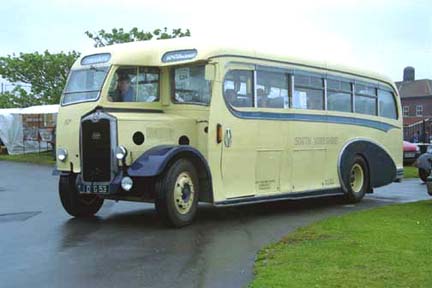
Albion Valkyrie.
The 5 1/2 ton Model 127, a 6-wheeled variant of the 'Valkyrie', and a new 13-ton 6-wheeler appeared in 1935, and later in the same year, Albion bought out Halley Industrial Motors. Their nearby factory provided much-needed space for manufacturing. Halley also supplied several model names after the Second World War.
Gardner Diesel engines were offered as alternatives to the Albion petrol units during the mid-1930's, although Albion developed their own Diesel a little later.
The CX7 was announced in 1937. This was an 8-wheeled rigid, and could be had with either Albion petrol or Gardner Diesel engines, and the following year, the new CX27 'Chinese Six' was seen. A 'Chinese Six' has twin steering axles and a single drive axle.
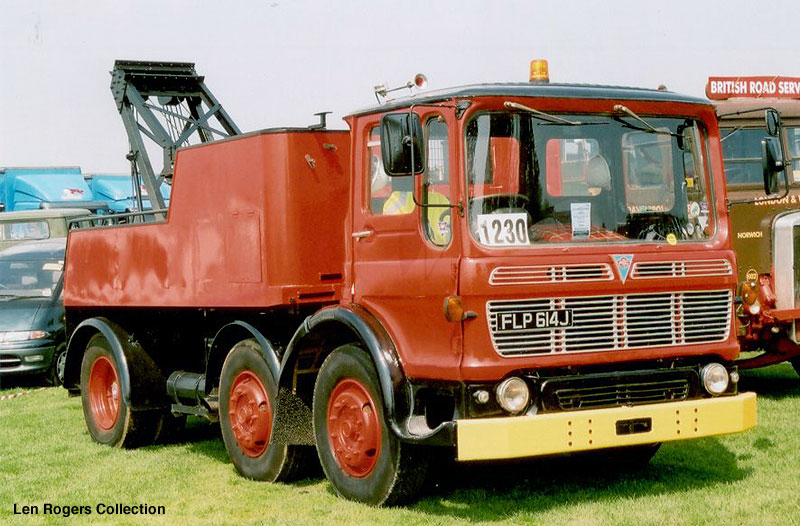
Throughout WWII, Albion supplied 3-ton 4x4s, 10-ton 6x4s, and tractors by the thousand.
Another success was the FT15N 6x6 artillery tractor.
After the war, the first production truck intended for civilian use was the 'Chieftain', designed to carry payloads of 5-6 tons. The 5-ton 'Clansman' was soon to follow, with the 'Clydesdale' at 7-8 tons, joining up in 1950.
Leyland Motors acquired Albion in 1951, ensuring that all Albions used increasing amounts of Leyland components.
In 1955, the 'Claymore', with its underfloor engine, was capable of being fitted with either passenger or goods bodywork. This was to become one of the most popular underfloor-engined chassis in Britain.
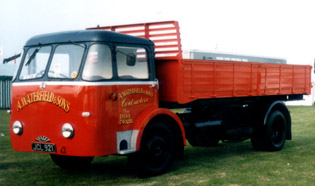
The 'Caledonian', an 8-wheeled 16 1/2 tonner using a Leyland engine, looked remarkably like the Leyland Octopus, arrived in 1958.
1960 saw the arrival of the 'Vista-Vue' LAD (Leyland Albion Dodge) cab. This unit, built by Motor Panels, looked lovely, but was far too small, especially given the fact that it was to have been destined for their heavyweight trucks!
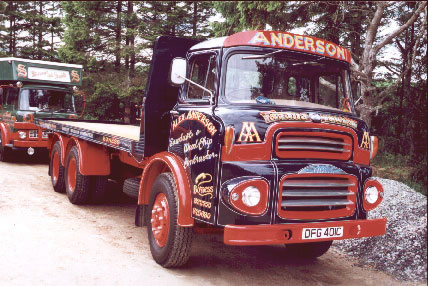
Eventually, the Vista-Vue cab was to be fitted to all models. This continued on the 'Super Reiver' even after some models were fitted with the Leyland Ergomatic cab.
The 1961 Albion 'Lowlander' double-decker was an adaptation of the Leyland Titan, although the experimental 4x4 'Chieftain' was developed in conjunction with Scammell. Leyland had acquired Scammell in 1955.
The remainder of the Albion name were simply 'badge-engineered' Leyland trucks.
Political shifts in the manufacturing bodies of British Leyland dictated that the Albion name would disappear by 1972, although the Scotstoun factory that built them was destined to build medium-weight trucks for Leyland.
The Bathgate plant built trucks with a heavy Albion content until 1981. These were marketed as Blue-Line, and retained the old Albion 'Chieftain', 'Clydesdale, and 'Reiver' names.
| © RIYAN Productions |